The ASUS X399 ROG Zenith Extreme Motherboard Review: Top Tier Threadripper
by E. Fylladitakis on July 17, 2018 10:30 AM EST- Posted in
- Motherboards
- Gaming
- Asus
- ROG
- Overclocking
- ThreadRipper
- X399
ASUS X399 ROG Zenith Extreme Software
The USB flash drive that ASUS supplies along with the ASUS X399 ROG Zenith Extreme is no different than a typical optical disk in terms of content and presentation, so much that the header of the basic launcher application reads "support CD". The application is straightforward and, unlike what is nowadays common with such media, it does not try to install unnecessary software packages along with motherboard's device drivers, except from Google's Chrome Browser, which appears at a prominent spot and can be easily unselected.
The second tab of the launcher software includes a lot of utilities, both from ASUS and third-party companies. It is easy to select which utilities to install and which not to but the software does not offer any kind of information regarding what each utility does, an approach that can easily confuse inexperienced users. The "special" tab only includes Google's Chrome browser, nothing more.
The main software of the ASUS X399 ROG Zenith Extreme is the AI Suite, a software that includes most of the motherboard's BIOS options. It has a complex UI that is divided across multiple screens, which can be accessed from a hidden left side menu. Each screen includes a variety of settings, from frequency settings to current and phase control options. There is also an app included that cleans up "junk files" that may accumulate over time in a HDD/SSD.
The main display at the top has a side menu that offers access to many different screens, each with a large number of advanced settings. Most of the BIOS options are accessible via these screens, allowing the user to perform automated or advanced overclocking without having to enter the BIOS. There is also a BIOS update software.
The Livedash application allows for the programming of the OLED screen on the I/O cover. From here the user can select one or more informative options (they will appear in rotation) or a monochromatic image/animation to be displayed by the OLED. The software is well presented and the range of settings is excellent but the position and size of the OLED are not convenient.
The Asus AURA software is flexible and allows for the programming of basic and advanced lighting effects independently for the motherboard itself and for the installed RGB LED strips (if available). There are several pre-programmed lighting effects and each can be individually tweaked, but the users cannot program effects of their own.
ASUS also includes a Macro programming software, the "Keybot II". It can be used to replace the function keys (F1-F10) with macros that the user can manually program. These may be small texts (up to 50 words each), key sequences with manually programmable delay times, simple multimedia functions, or application shortcuts. The software does not support mouse-related options.
Another interesting software is the “Gamefirst IV”, Asus’ network optimization/acceleration software. It can be used to adjust the priority of specific applications/services, either manually or automatically. Its “intelligent mode” automatically detects games and prioritizes them over other processes. It also has network monitoring and debugging options. The “Gamefirst IV” appears to be compatible only with the Intel I211-AT at the time of this review.
Finally, ASUS provides the "Mem TweakIt" software, a graphically simple software with an overwhelming interface that includes a host of memory-related settings. It allows for the tweaking of the RAM-related options from within the OS but pushing any setting beyond its stable limit will result to a frozen system, so it is a software mostly reserved for advanced/competitive overclockers or experienced users who know what they are doing.


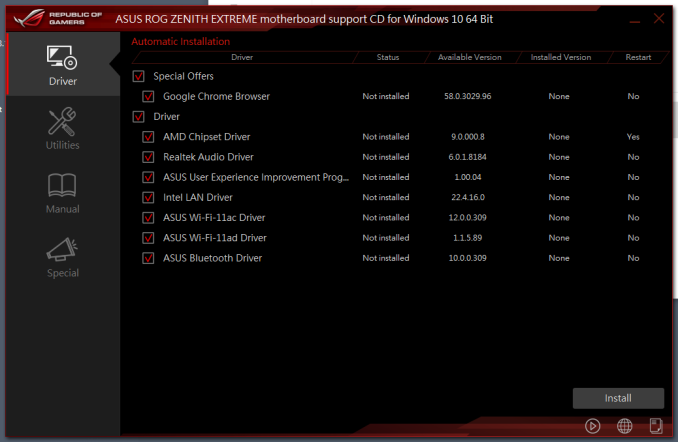




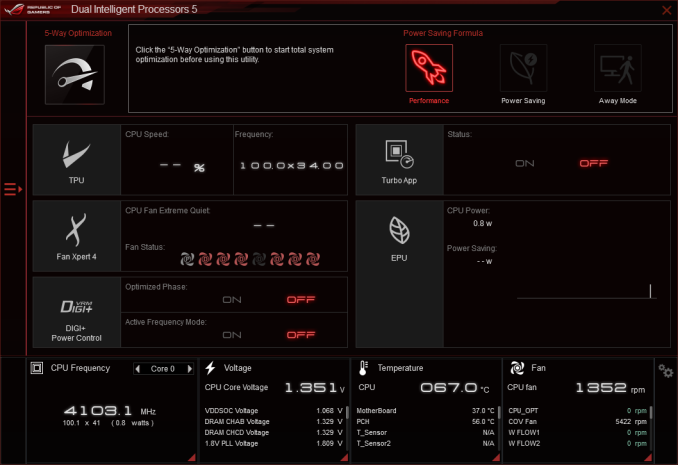






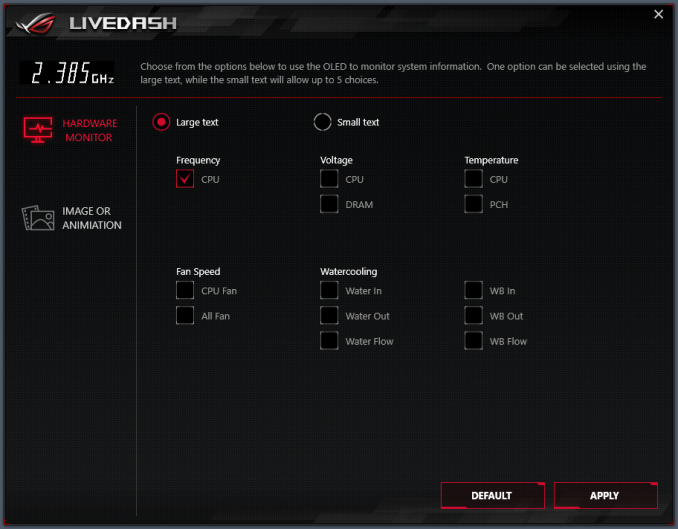
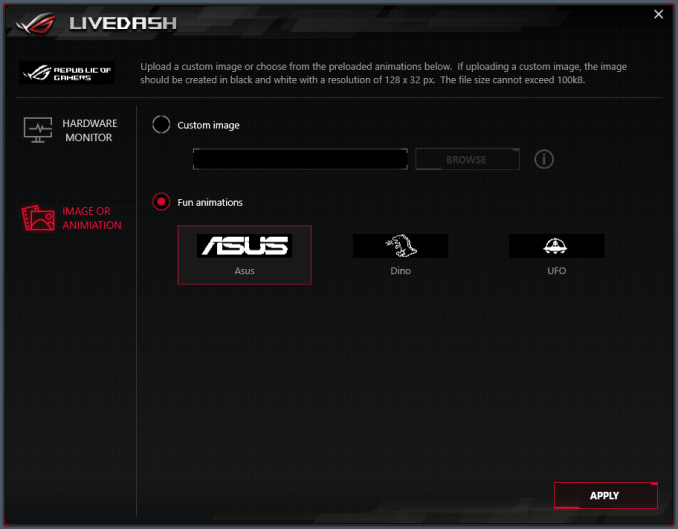
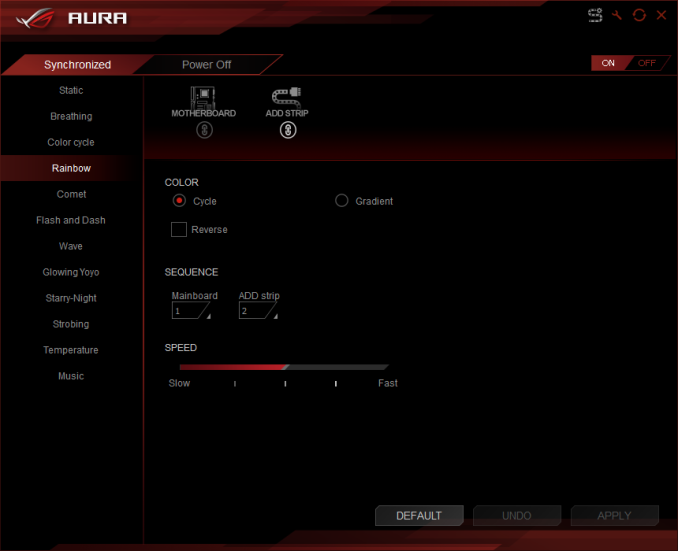
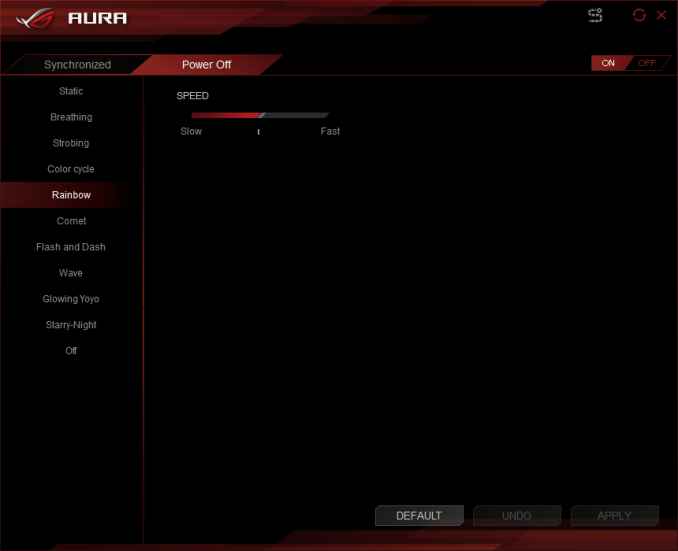








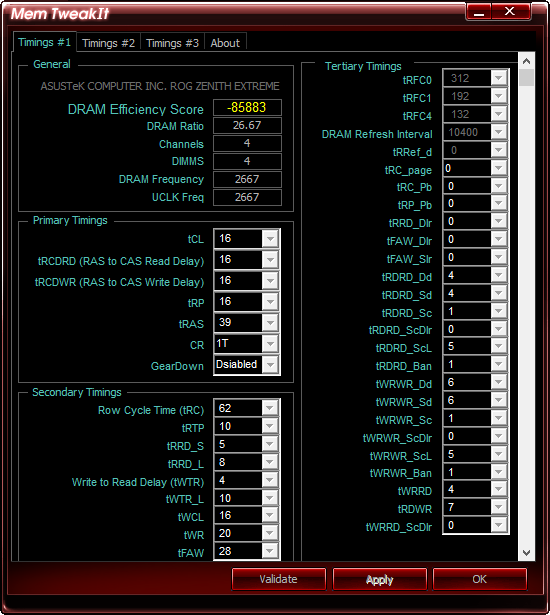

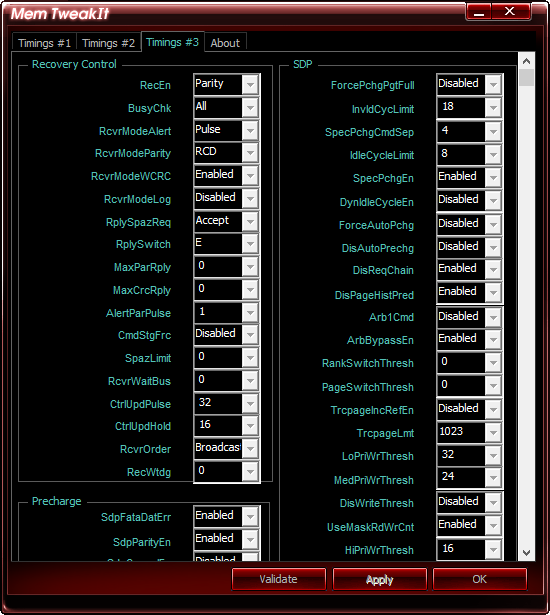








25 Comments
View All Comments
jordanclock - Tuesday, July 17, 2018 - link
It's nice to have drivers available in situations where you either don't have immediate internet access or where you cannot access the internet because your OS install doesn't include necessary drivers, like for graphics or network adapters.twtech - Tuesday, July 17, 2018 - link
This is far from the worst example, but not having built a system in a few years - it seems like I've come back to find every motherboard now looks like some blinged-out kids toy from the dollar store. Lights, weirdly-shaped plastic shrouds with big gamer logos that have no functional purpose, etc.Yuriman - Wednesday, July 18, 2018 - link
The retail PC segment is in decline. Manufacturers are doing everything they can to attract a new generation of buyers.Awful - Tuesday, July 17, 2018 - link
I have no use case that requires 32 cores, 10Gb networking, or even wifi in a desktop so I wouldn't buy one of these. But I still waaannnt one!Alien959 - Wednesday, July 18, 2018 - link
I want to comment about m.2 cooling. According to numerous respected internet outfits and even the JEDEC specification and testing, nand flash lasts longer at higher temperatures and is recommended to be above 40c. The only part that needs cooling is the controller, but almost all cooling plates cool the nand.kazoOC - Thursday, July 19, 2018 - link
Notice one thing: most boards share the m2 heatsink with the PCH, which is responsible for pci and sata. It will always get relatively warm while still keeping the m2 drives away from throttling.Now, aftermarket m2 heatsink are another story but still a valid choice in poorly ventilated cases. Just take care to avoid contact with nand chips by peeling off portions of the thermal pad.
virpuain@gmail.com - Wednesday, July 18, 2018 - link
A quick glare suggests this VRM will be dissipating 30W at 1.4V@176A. That being said the 32 cores TR better come with a maximum TDP of 250W.For the pricetag this board is lacking alot in the VRM side of things, especially if you consider this a very premium board ( with AAA+++ premium pricetag ) with a VRM that is actually worse than what you have on a few AM4 boards like the X370 Taichi and C7H.
This VRM is pretty much like what you have with the X370 GT7, a $ 120 board for AM4.
Oxford Guy - Thursday, July 19, 2018 - link
ASUS and Gigabyte both sold hybrid air/water VRM cooling, beginning in 2013 with ASUS — for quad core CPUs. But, no — we don't need water cooling for VRMS on a board like this. Instead, we need tiny fans and LEDs.a351must2 - Wednesday, July 18, 2018 - link
I just have to comment on this ... I have this motherboard and would say the heatsink for the included 10GB card is necessary. I've actually been having problems with the 10GB network dropping offline randomly and traced it down to the card overheating. The heatsink is big, but it also needs some airflow near it (my case provides none). I now have an additional slot fan mounted that moves air across the 10GB card and my other addon cards (older intel dual GB nic and a 9211 sas controller).Also, if this review had been done 9 months ago when I built mine, there would've been some mention of the buggy bios and memory support. I made the mistake of buying unsupported DDR3200 ram (Corsair kit for Intel) and after reading a bit was feeling lucky I got it to run at 3000. A bios update in January got it to run at 3200 though and I believe most of the fan speed control issues have been resolved.
As for power, when messing with overclocking mine I've had the 1950X draw over 350 watts by itself using this board. That'll easily cover a 250Watt TDP 32 core processor ... I'm sure we'll see the limits when the new processors become available though.
Timur Born - Friday, July 20, 2018 - link
Thanks for the article.I find the DPC Latency section misleading. There is no mention what power profile and BIOS (C-states) settings were used and if the values reported are maximum or average values. Look at this example:
Highest measured interrupt to DPC latency (µs): 354,514229
Average measured interrupt to DPC latency (µs): 2,480283
Quite the difference. And 354 µs maximum still is not a problem even at lowest audio buffer settings.